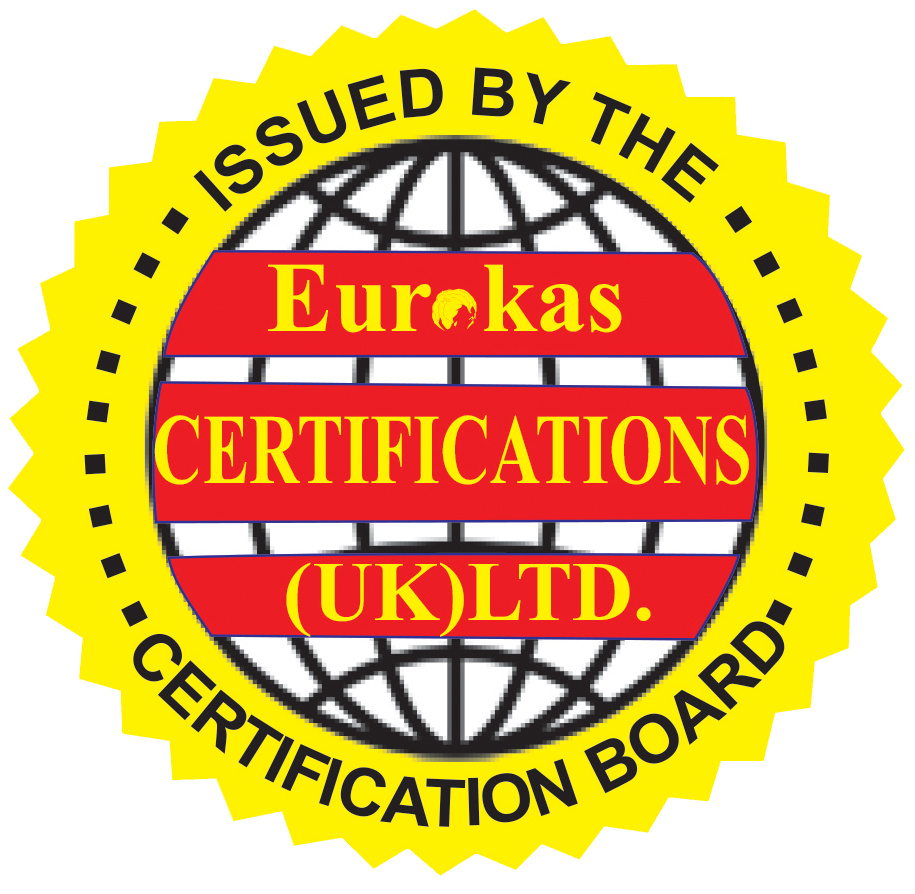ISO/IEC 27001 is an international standard for Information Security Management Systems (ISMS). It provides a framework for organizations to establish, implement, maintain, and continually improve an information security management system. Here’s an overview of ISO 27001 and the certification process:
ISO/IEC 27001 Overview:
ISO/IEC 27001:2013 is the latest version of the standard. It sets out the criteria for establishing, implementing, maintaining, and continually improving an ISMS within the context of the organization’s overall business risks. The standard follows the Plan-Do-Check-Act (PDCA) model.
Key Principles and Requirements:
- Context of the Organization: Understanding the organization and its context, as well as the needs and expectations of interested parties.
- Leadership: Top management’s commitment to the ISMS, including establishing the information security policy and objectives.
- Planning: Identifying the information security risk assessment process, risk treatment, and the necessary controls.
- Support: Providing the necessary resources, including competent personnel, awareness, and communication.
- Operation: Implementing and operating the ISMS, including managing information security risks.
- Performance Evaluation: Monitoring, measurement, analysis, and evaluation of the ISMS.
- Improvement: Continual improvement of the ISMS and reacting to incidents and nonconformities.
Certification Process:
The certification process for ISO/IEC 27001 involves several steps:
- Gap Analysis: Assess the current state of information security practices against ISO/IEC 27001 requirements.
- Documentation: Develop and implement necessary documentation, including an information security policy, risk assessment, and controls.
- Implementation: Implement the ISMS and monitor its effectiveness.
- Internal Audit: Conduct internal audits to assess compliance and identify areas for improvement.
- Management Review: Top management reviews the ISMS to ensure its continuing suitability, adequacy, and effectiveness.
- Certification Audit: An external certification body conducts an audit to determine if the organization meets ISO/IEC 27001 requirements.
- Certification Decision: The certification body issues ISO/IEC 27001 certification if the organization meets the standard’s criteria.
Benefits of ISO/IEC 27001 Certification:
- Improved Information Security: Implementation of ISO/IEC 27001 helps protect sensitive information from security breaches.
- Legal Compliance: The standard assists in complying with data protection and information security regulations.
- Market Credibility: Certification enhances an organization’s credibility, especially when handling sensitive information.
- Risk Management: ISO/IEC 27001 provides a systematic approach to identifying and managing information security risks.
- Customer Trust: Demonstrates a commitment to information security, building trust with customers and stakeholders.
Organizations across various industries often pursue ISO/IEC 27001 certification to demonstrate their commitment to information security, protect sensitive data, and comply with regulatory requirements. It is particularly relevant in an era where information is a critical asset for many businesses.
